How to revive a houseplant from thrips – 3 steps to stop your houseplant turning yellow
Damage left by thrips can be unsightly, but just a few simple actions can help your plant bounce back
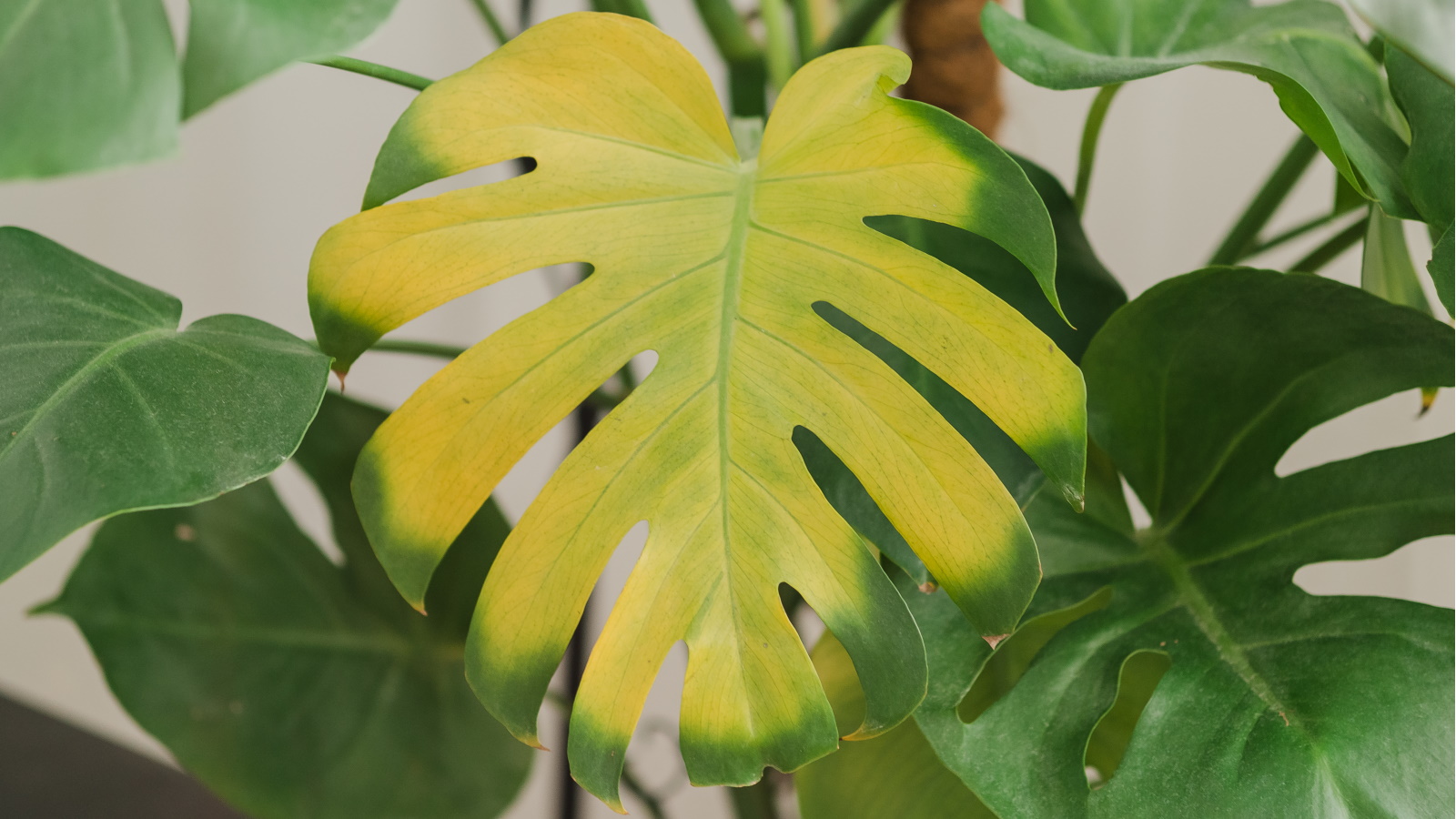

With over 20 types of houseplants (and counting) in my collection, I've battled a wide range of common pests. One of the worst I've dealt with are thrips - the white, sap-sucking insects that quickly drain the life out of plants.
It takes some perseverance to get rid of thrips and not acting quickly can see the death of your plant and a spread of these pests to other nearby plants. When you do manage to banish these insects, it can leave your houseplant looking worse for wear, with drooping yellowing foliage and a lack of new growth.
This was the case for my Monstera deliciosa which was infested with thrips for around six weeks earlier this year. Once I successfully got rid of them, I started to spruce up my plant and bring it back to health. Luckily, my actions worked well and my monstera shortly put out multiple new leaves as a result. Here, I reveal my three-step plan to revive a houseplant from thrips, so you can also watch your plant damaged by this common houseplant pest thrive once again.
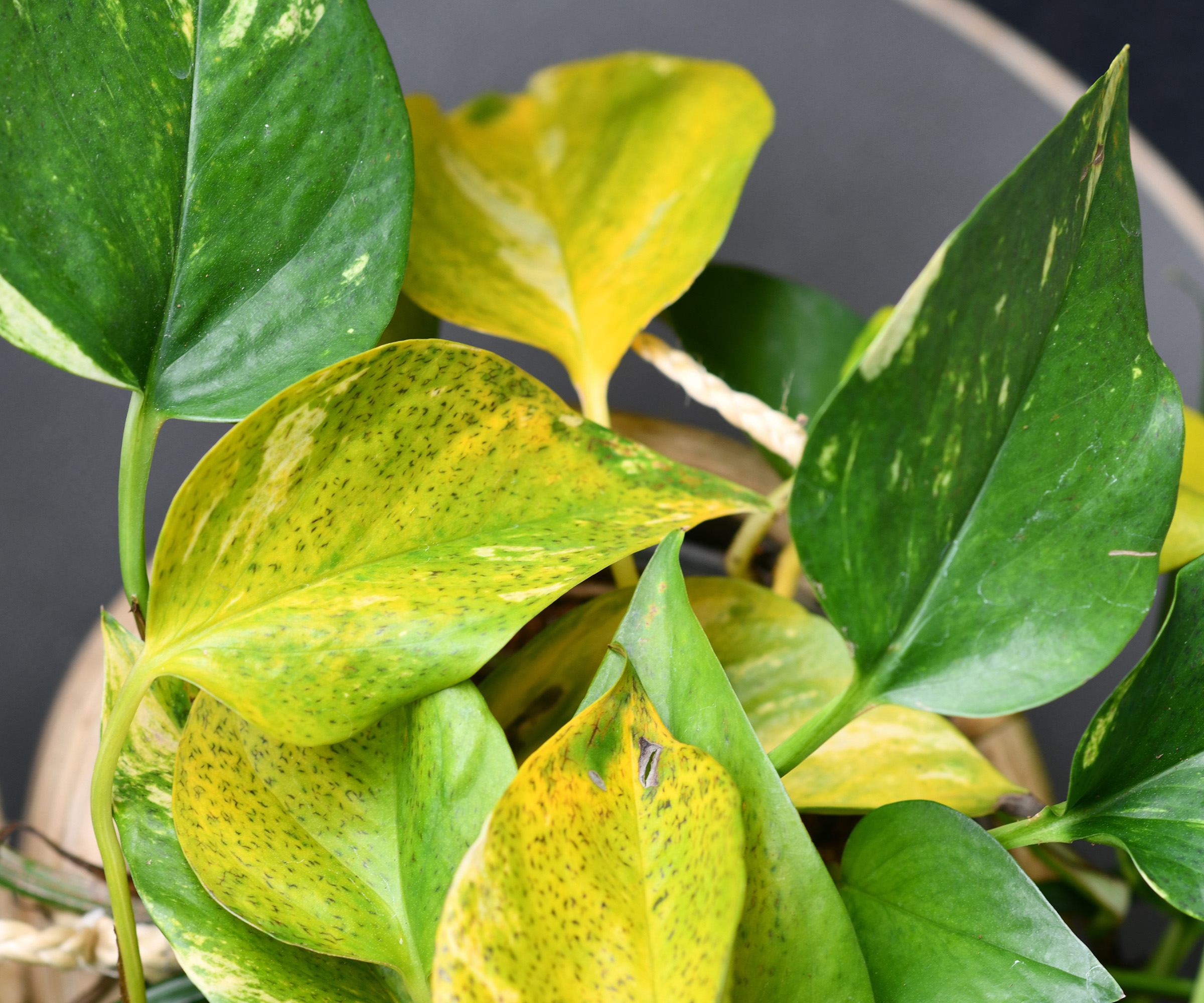
3 steps to revive a houseplant from thrips
My guide to reviving a houseplant from thrips is simple but effective - it even works after getting rid of spider mites and other indoor plant pests. Just remember, the key is to stay consistent with optimal care alongside these steps. Here's how I managed to get my monstera to recover from thrips:
1. Chop your houseplant right back
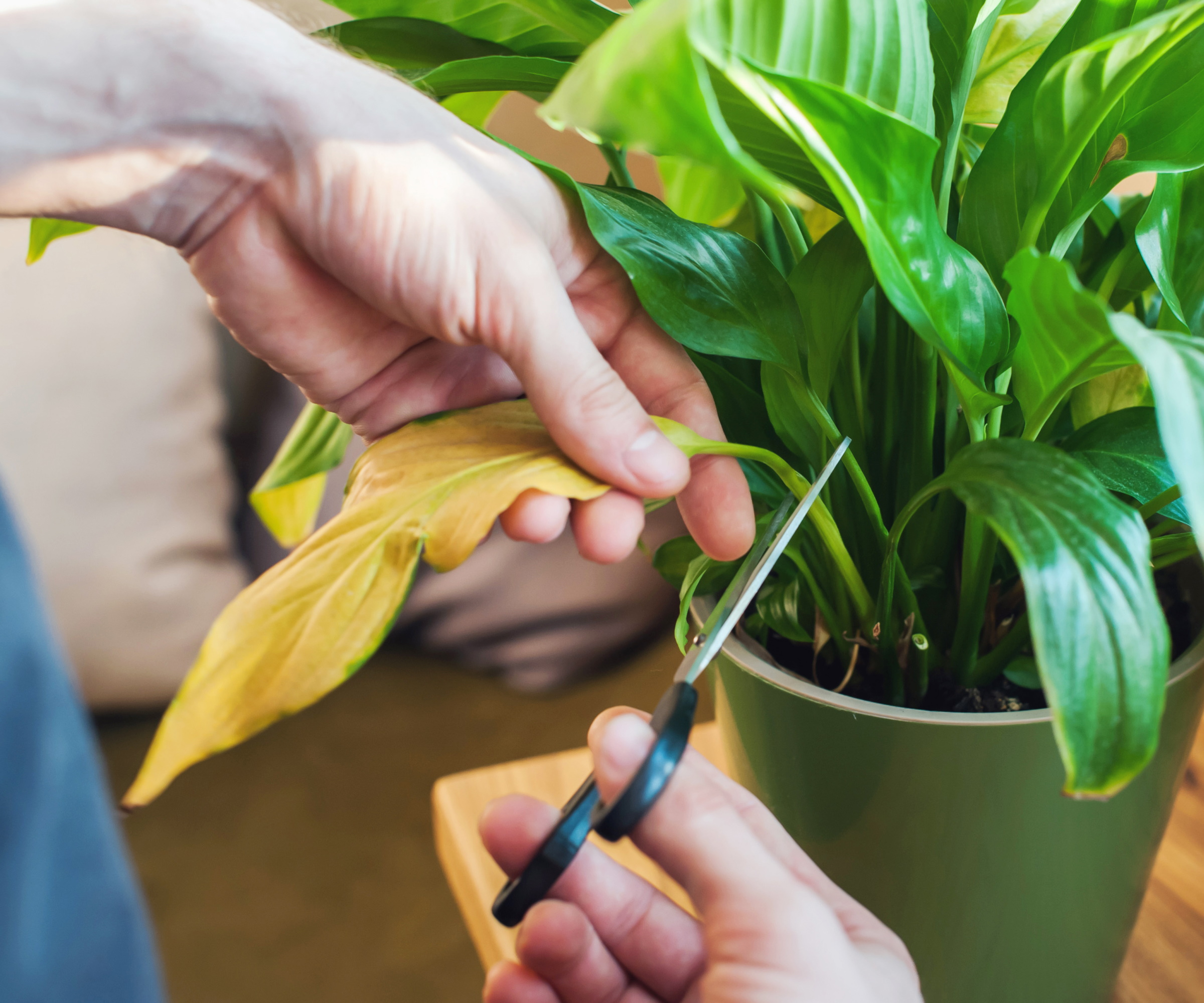
It may sound scary, and I was certainly nervous to do it, but the first step is grabbing essential pruning tools - like these bypass pruning shears from Amazon - and cut away all damaged foliage and stems.
You might have already removed badly infested leaves while getting rid of thrips, but I found some remaining foliage was left weak and struggling from the impact of thrips even after they had gone. I was quite ruthless in pruning my monstera right back to remove all stems and foliage showing signs of discoloring.
'If thrips have severely damaged the plant, pruning the affected parts is a must. This will not only make the plant more appealing, but also boost its growth,' says Julia Omelchenko, botany expert for the Plantum app.
By removing damaged plant material, you save the energy used to keep those leaves alive. That energy is then redirected towards new growth. Plus, it removes any leaves that may still have lurking thrips on them.
That's why grabbing pruners is my go-to solution for a struggling houseplant. It may be daunting to cut your beautiful plant back, but I promise you'll see your houseplant grow back bigger and better than before by doing so.
Make sure to clean your garden tools after doing this to stop the potential spread of pests to other plants.

Julia Omelchenko is a professional botany expert for the Plantum app that helps users identify plant species, diagnose their conditions, and get specific care advice. She has 4 years of experience consulting on botany-related topics for Plantum (formerly NatureID). Her areas of specialization include phytopathology, plant physiology, and plant biochemistry.
2. Rinse down your houseplant
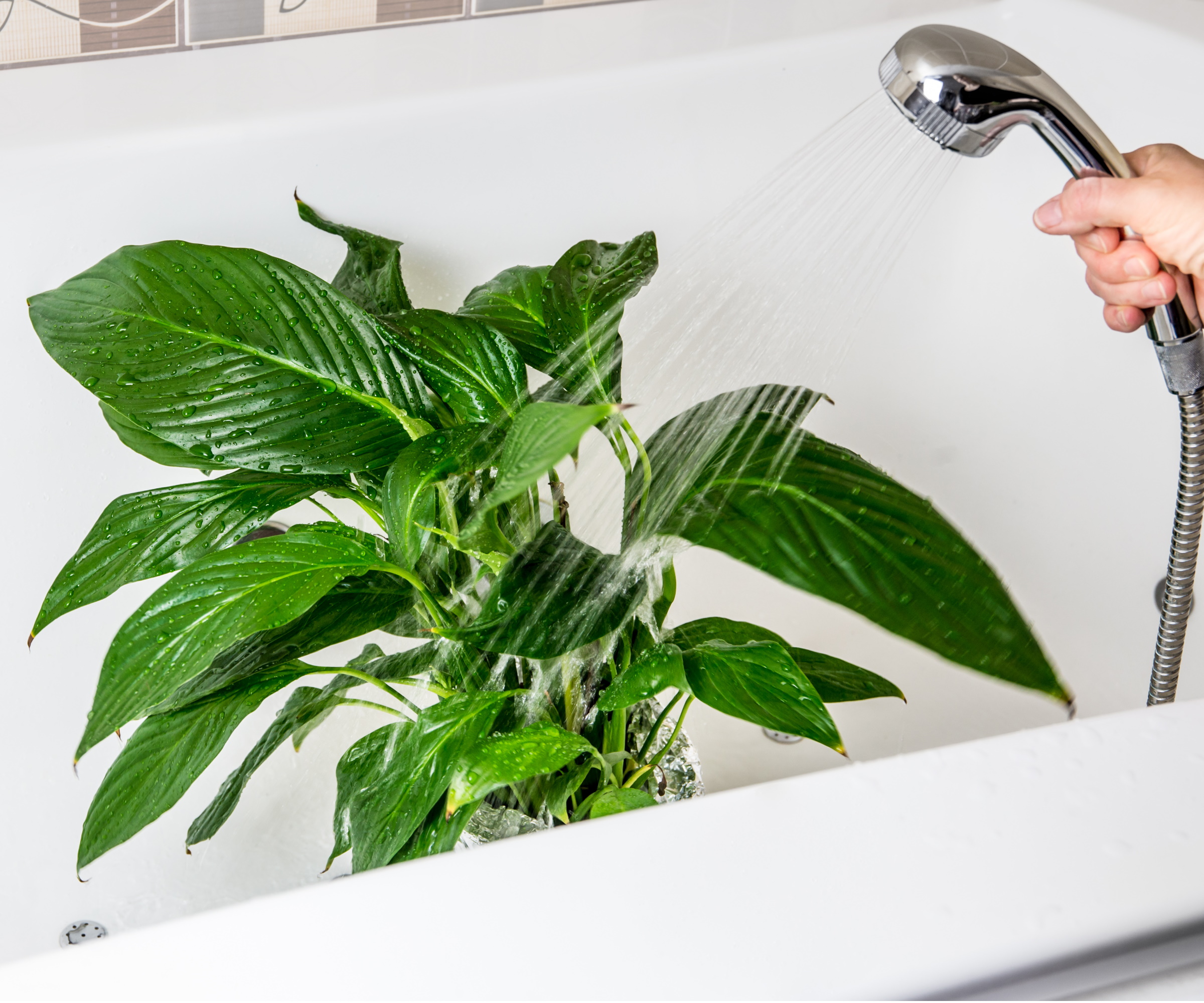
With my monstera looking barer, but only gorgeous green leaves remaining, it was time to give it a shower. Pests like thrips often like to hide on the underside of foliage, making it easy to miss some when cleaning houseplant leaves. Giving your plant a rinse helps wash away any stubborn thrips and leaves your plant looking much brighter.
'This is a vital step to help your plant recover more quickly. To remove thrips, their larvae, and eggs, carefully rinse the leaves and stems with water,' explains Julia.
Depending on the size of your plant, you can rinse it in a sink. Or, if you have a tall indoor plant like mine, it's best to rinse it in a bath or shower. If you don't have a shower head already, use this shower head attachment from Amazon to connect to a faucet for easier rinsing.
I found it best to remove my monstera from its potting mix to avoid it getting too messy in my bathroom. This also meant I could hose down the roots as an extra precaution, which left me feeling reassured my plant was clean and pest-free.
'Make sure the water is warm but not hot, and the water pressure isn’t too high to avoid damaging the plant,' advises Julia. .
After rinsing my plant, I then repot my monstera with fresh soil. I recommend giving your plant some fresh houseplant soil at this stage to ensure it isn't replanted in infested soil and to give it an extra boost of nutrients. This houseplant potting mix from Amazon is a reliable choice, or you can opt to make your own plant-specific potting mix, like making monstera potting mix or making succulent potting mix.
3. Give your houseplant a boost of fertilizer
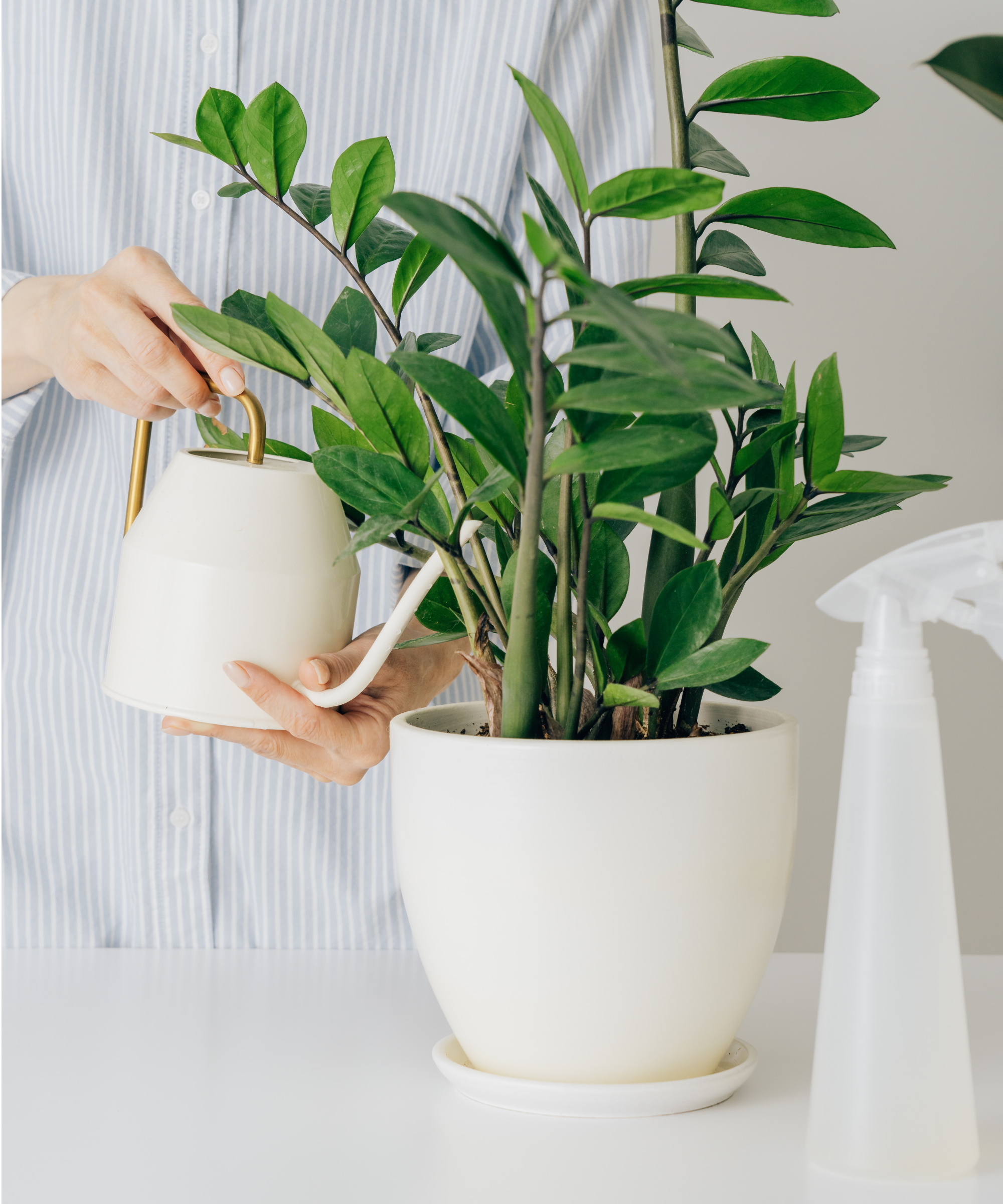
The final step is to feed your plant the essential plant nutrients it needs for new growth - something you'll be keen to see after having to cut it right back.
However, make sure to only do this if your plant is in it active growth season: 'Following a thrips infestation, the plant is stressed and weak, which may reduce its ability to absorb nutrients effectively,' explains Julia. 'Using fertilizers excessively or too soon may burn the roots and weaken the plant even more,' she says.
My thrips problem happened over summer, so fertilizing my monstera to help it recover worked well. It's a common fertilizing mistake to feed your plant when it isn't actively growing, causing problems like houseplant root rot and root burn.
'Wait for the signs of new growth before starting to fertilize,' Julia advises.
This houseplant fertilizer from Walmart is a good choice for most houseplants, but you can also shop for plant-specific fertilizers.
FAQs
How can you stop thrips coming back?
If you've had to get rid of thrips, you'll know how challenging it can be to make sure they're gone once and for all. After reviving a houseplant from thrips, you can do a few things to prevent them coming back. 'You need to regularly check your plant for early signs of thrips. These pests leave silvery spots or sooty dots of black fecal matter, along with bumps on the leaves,' says Julia Omelchenko, botany expert for the Plantum app.
You can also introduce beneficial nematodes (available at Amazon) which are predatory to pests like thrips. Above all, provide optimal care for your plant to keep it healthy.
These three simple steps helped me revive a houseplant from thrips. I made sure to provide my plant with optimal care to aid its recovery and it didn't take long to see new green, glossy leaves emerge.
Consistency and patience are vital for tackling houseplant pest problems. If you've taken the steps to revive a houseplant from thrips but are noticing other insects in the soil of your plants, you might find our guide to getting rid of bugs from houseplant soil useful.
Sign up to the Homes & Gardens newsletter
Design expertise in your inbox – from inspiring decorating ideas and beautiful celebrity homes to practical gardening advice and shopping round-ups.

Tenielle is a Gardens News Writer at Homes & Gardens. She holds a qualification in MA Magazine Journalism and has over six years of journalistic experience. Before coming to Homes & Gardens, Tenielle was in the editorial department at the Royal Horticultural Society and worked on The Garden magazine. As our in-house houseplant expert, Tenielle writes on a range of solutions to houseplant problems, as well as other 'how to' guides, inspiring garden projects, and the latest gardening news. When she isn't writing, Tenielle can be found propagating her ever-growing collection of indoor plants, helping others overcome common houseplant pests and diseases, volunteering at a local gardening club, and attending gardening workshops, like a composting masterclass.
-
 This simple marble hack elevates my budget-friendly wooden kitchen countertops and prevents the dreaded water damage for way less than you’d think
This simple marble hack elevates my budget-friendly wooden kitchen countertops and prevents the dreaded water damage for way less than you’d thinkThis design trick looks expensive, solves a problem, and was the easiest decision I made during my kitchen reno
By Charlotte Olby Published
-
 Emily Blunt gifted Cillian Murphy this $545 pillow – she's 'obsessed' with these luxury pillows, and frankly, so are we
Emily Blunt gifted Cillian Murphy this $545 pillow – she's 'obsessed' with these luxury pillows, and frankly, so are weThe Oppenheimer stars sleep on this ultra-luxe goose down pillow – here's why we love it – plus our affordable alternatives from $35
By Sophie Edwards Published